Affiliate links on Android Authority may earn us a commission. Learn more.
Why logos on the front of phones need to go. Maybe
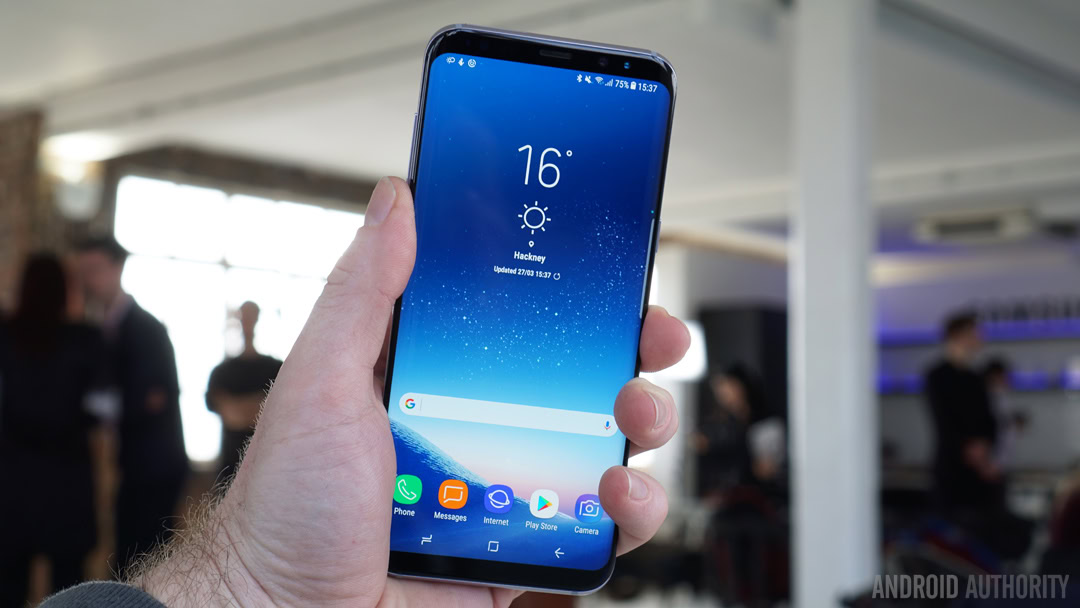
In the race to make more edge-to-edge displays on smartphones, we’ve seen some of those devices ditch the familiar company logo on the front of the device. The just announced Samsung Galaxy S8 and S8 Plus are just two examples of this trend for Android smartphones, even as LG still managed to squeeze a logo on the LG G6. In the future, however, we could see more and more devices getting rid of logos on the front, in favor of more display space, or simply because they clutter a phone’s overall appearance. After all, Samsung could have easily popped a logo on the S8 (just look at those early mockups) but instead chose not to.
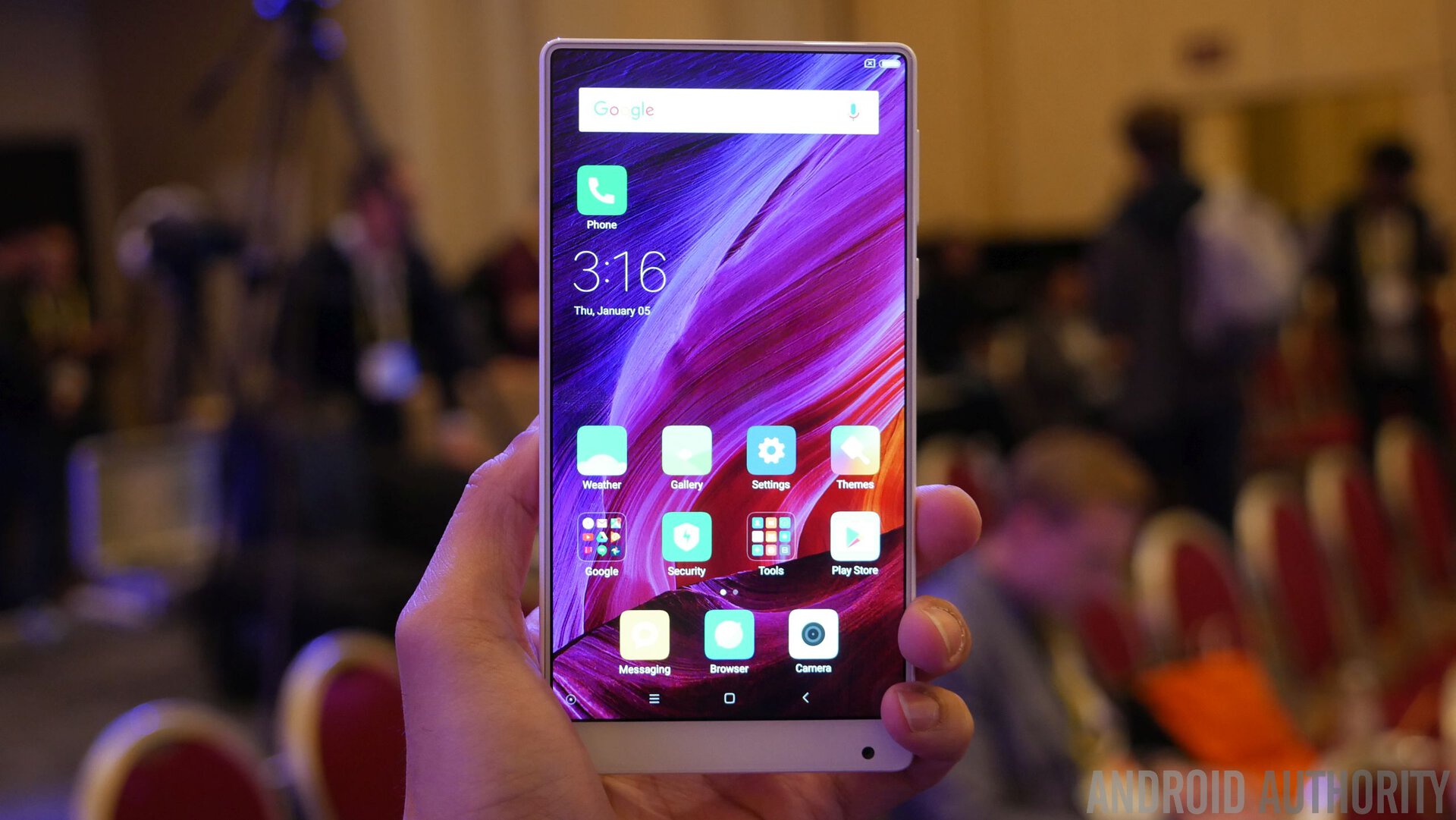
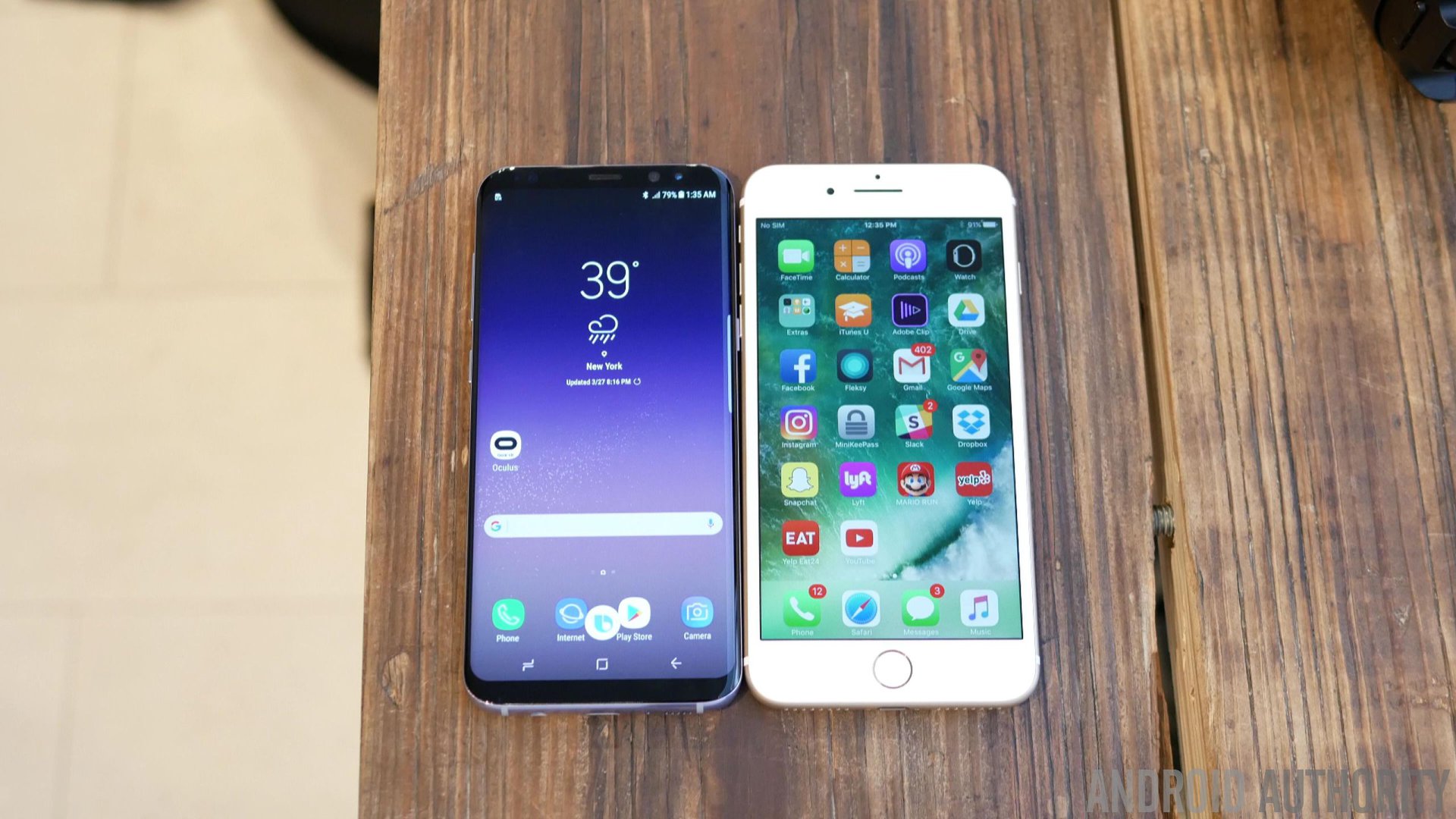
Of course, the decision not to place a company logo on the front of a smartphone is nothing new. Apple has never used its well-known symbol on the front of any of its iPhone devices, even if the circular button is recognizable enough as a surrogate Apple logo.
But at the time Apple released the first iPhone in 2007, the company was blazing new ground and the late Steve Jobs likely felt that there was no need to include a logo up front. The original iPhone was the first of its kind and consumers would quickly come to know the design of it and its many successors. The same theory had been proven with the iPod’s silhouette campaign: why use a logo when the design itself was instantly recognizable?
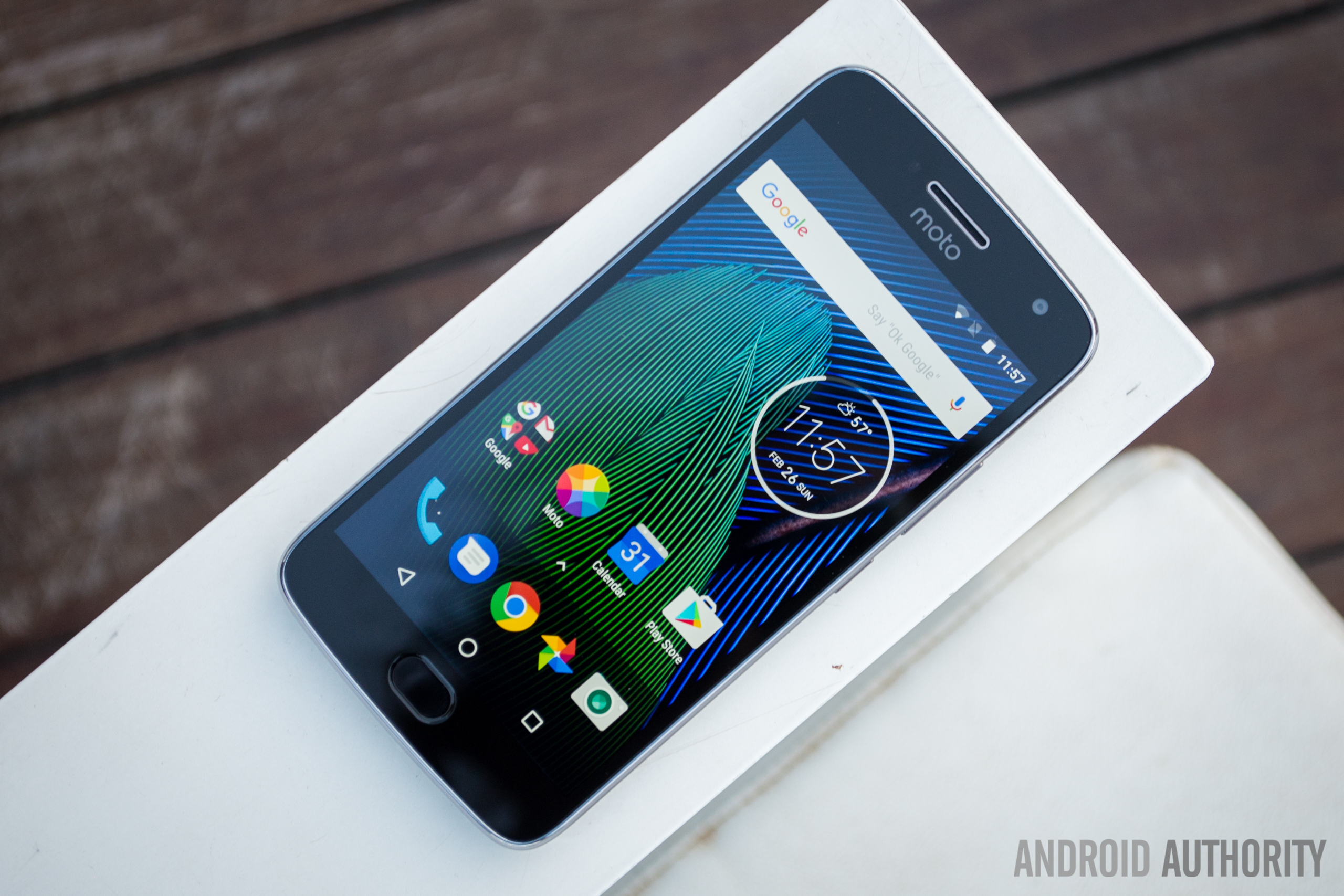
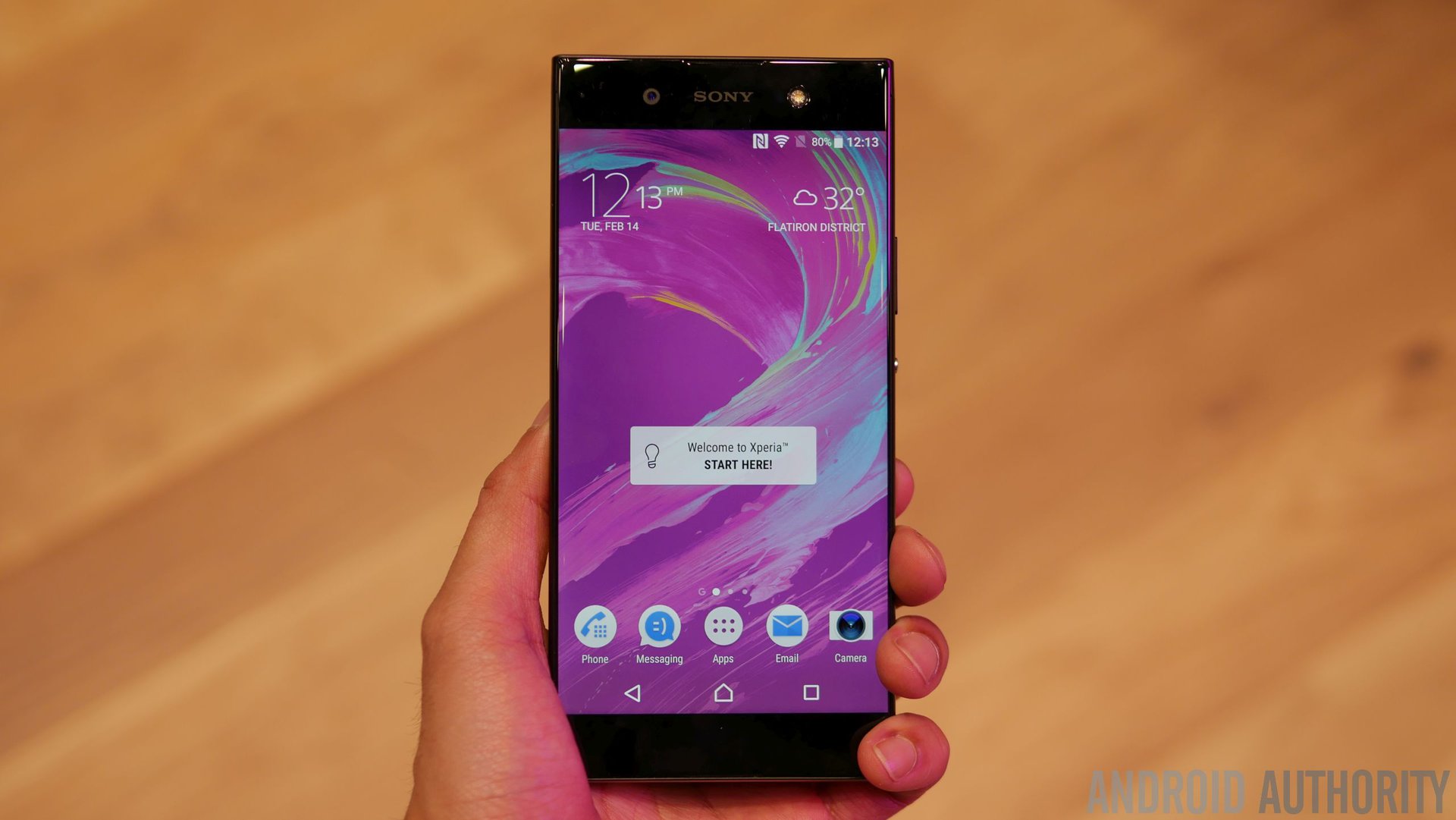
However, as the Android smartphone ecosystem started to gain more popularity, it became normal to plant a company logo on the front of those smartphones. The biggest reason for this was simply to help consumers identify which company made the phone. That was because many of those devices looked very much alike to the normal smartphone owner.
More and more people want smartphones with large screens, but also want to hold them comfortably in one hand.
Now, however, things are a bit different. More and more people want smartphones with large screens, but also want to hold them comfortably in one hand (or to put them in a normal pants or jacket pocket). That’s why we have seen the rise in phones with edge-to-edge displays or those that lack much in terms of a bezel.
The case for ditching front facing phone logos
So is removing front-facing logos just an obviously good idea? On the one hand, giving smartphone buyers as much screen space as possible would seem to be the overriding concern compared to plastering a logo on the front. Phone buyers no longer want bulky devices with thick bezels; they want big, bezel-less displays. From a consumer perspective, the screen-to-body ratio should be increased until there’s no room left for a logo. Besides, companies can still put a logo on the back, right?
Then there’s the fact that smartphone companies have been trying to make their designs more unique. The Galaxy S8 certainly doesn’t look anything like the current iPhone 7, which in turn looks nothing like the HTC U Ultra, a huge phone with big bezels that still managed to get rid of the HTClogo on the front (remember that lovely black logo bezel?).
Perhaps it’s time for smartphone designs to be the “logo” for the device, rather that just slapping a name or logo on the front of an otherwise same device. The Galaxy S8 could very easily have had Samsung’s name on the bottom of the phone, since it ditched the physical home button, but the company chose to showcase the design of the phone rather than put a label on it. And yet, some people expected a logo so much that they believed Evan Blass when he joked about a hard-coded logo on the top of the Galaxy S8 display.

The case for keeping front facing phone logos
Of course, making smartphone designs that are truly unique and that can stand out from the crowd as easily as the iPhone or the Galaxy S8 can also be extremely difficult. In some instances it’d be much better to simply put a brand name or logo on the front of a smartphone than have everyone trying to come up with a wacky and unique design.
Also, the truth is not every smartphone is going to be a flagship device like a Galaxy S8. Many phones are going to be sold that look the sam out of necessitye, due to a decision to make them cheaper. There’s nothing wrong with that, but with a generic design, they won’t stand out from the crowd in a phone store in the same way as an edge-to-edge or curved display. In those cases, a logo on the front at least makes it easier for consumers to know what they are looking at.
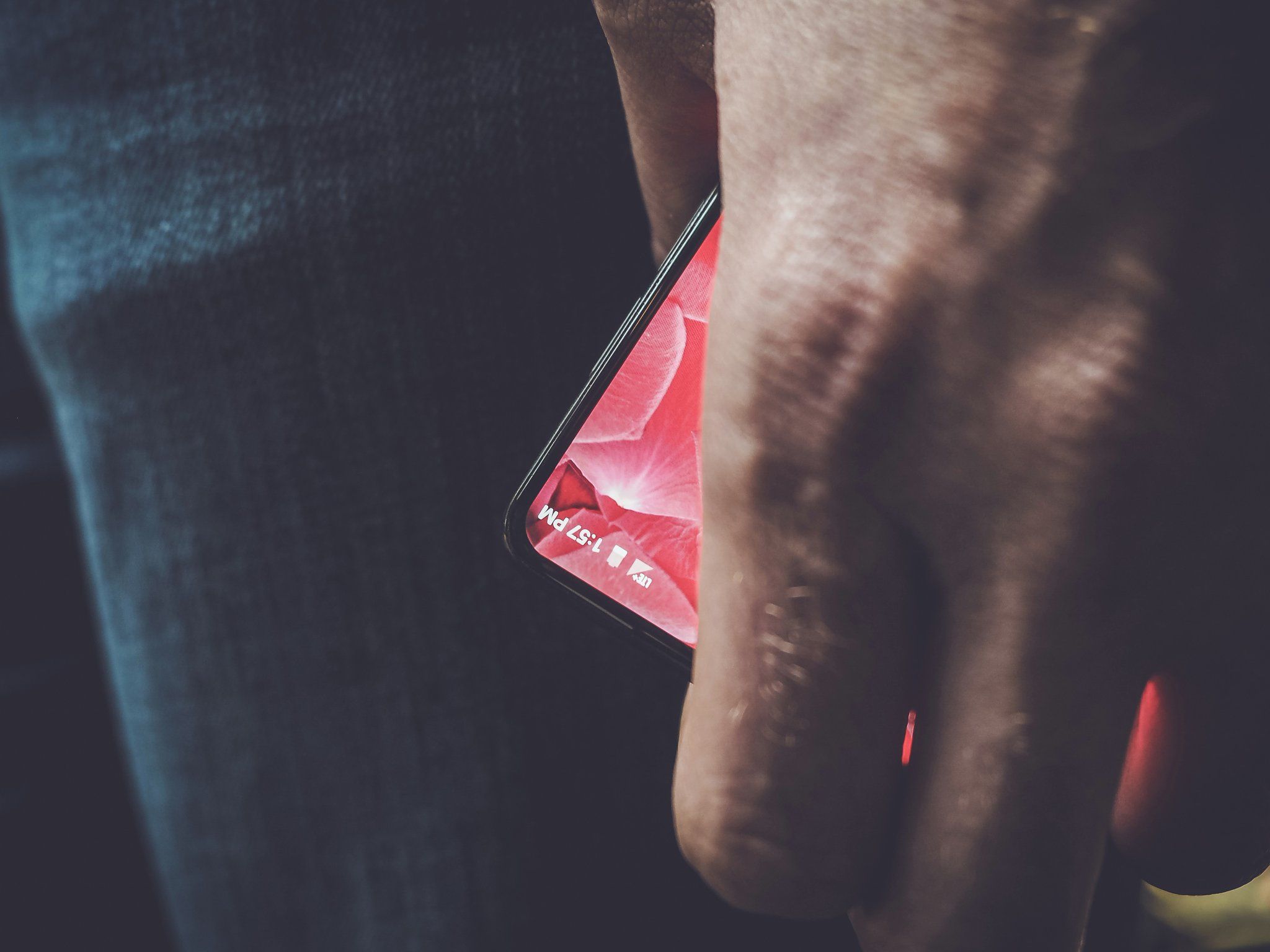
The final verdict?
In our opinion, having company logos on the front of a smartphone is getting to be old school. As consumers continue to demand larger smartphones with bigger displays, large bezels are also becoming old fashioned. If the future really is smartphones that are all screen, front-facing logos are going to have to go sooner or later.
HTC may be working on a way to use bezels in new ways, if recent rumors are accurate, but it looks like it will be an exception to this trend. The Samsung Galaxy S8 and other phones like the Xiaomi Mi Mix, and even the mysterious upcoming phone from Android co-creator Andy Rubin, are all aiming to create full edge-to-edge displays, and they almost always leave little room for logos on the front. But then, other companies with big bezels still don’t always put a logo on the front and the LG G6 still has one despite tiny bezels, so there’s hardy a hard-and-fast rule here.
What do you think?
Of course, these are just our thoughts on this matter and they primarily come from a consumer persepctive, but we definitely want to hear what you think on this issue. Should smartphone companies keep their names and/or logos on the front of smartphones, or get rid of them and push that kind of branding to the back of the phone in favor of more display space? Let us know your thoughts in the comments!